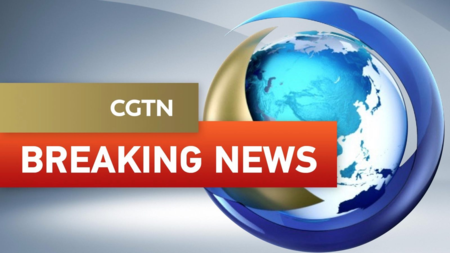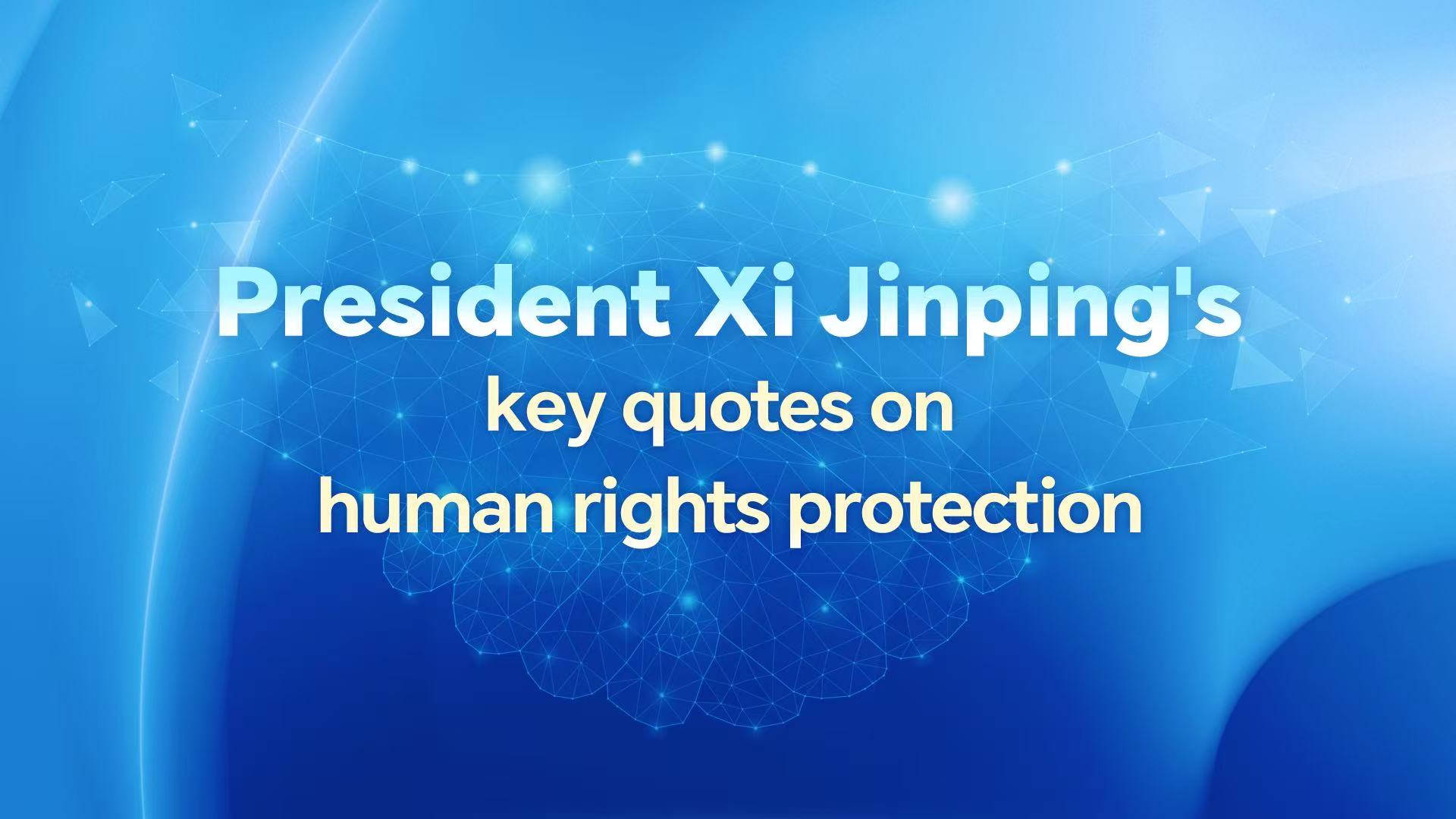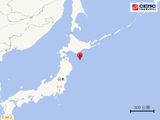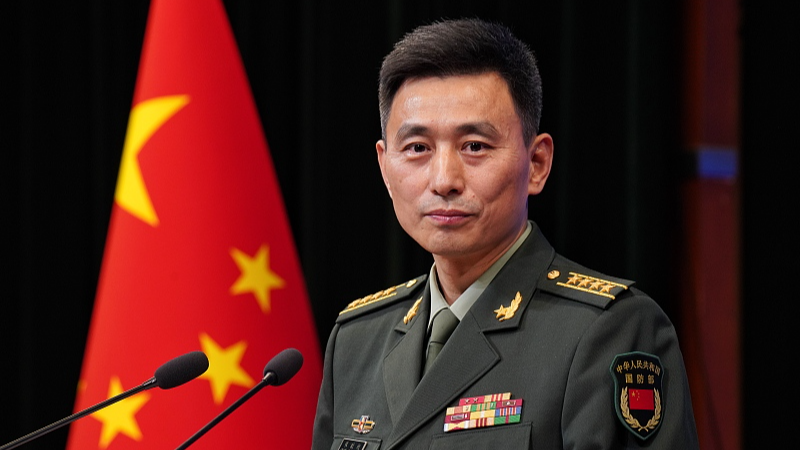Elon Musk's xAI Valuation; U.S.-China TikTok Negotiations; China's Internal and External Challenges; H-1B Visa Fee Increase; IOC's Neutral Athlete Policy; China's AI Strategy; Jiangsu's Economic Growth
Divergent Narratives on Elon Musk and xAI's Valuation Surge
Recent events show a flurry of media coverage surrounding Elon Musk's xAI, with varying narratives on its valuation journey. United Daily News highlights Musk's financial triumph, reporting that his net worth has soared to $500 billion, driven by the surging valuations of his companies, including xAI. This article emphasizes Musk's unprecedented financial milestone, noting his net worth surpasses the combined market caps of major corporations like Disney and Ford.
In contrast, Sina offers a more critical view, questioning the authenticity of the reported $2,000 billion valuation for xAI. Sina cites Musk's own social media rebuttal labeling such claims as "fake news," asserting that xAI has not engaged in any new funding rounds. This divergence suggests an intention to challenge the narrative of unchecked growth and highlight potential misinformation.
Similarly, Tencent echoes the skepticism, stressing Musk's denial of the supposed valuation and funding activities. Tencent further delves into industry comparisons, noting xAI's competitive landscape against giants like OpenAI and Anthropic, while also discussing the technical and operational hurdles faced by xAI's chatbot, Grok.
These developments indicate a complex interplay of media interpretations, with United Daily News focusing on Musk's financial achievements, while Sina and Tencent critically assess the valuation narrative, reflecting a broader discourse on the credibility and sustainability of tech valuations.
Strategic Dynamics of U.S.-China Relations: The TikTok Negotiations
In a recent development, Chinese President Xi Jinping and U.S. President Donald Trump held a phone conversation on September 19, 2025, discussing the current state of U.S.-China relations and focusing on mutual concerns. According to Securities Daily, the dialogue was described as pragmatic, positive, and constructive. Xi emphasized the historical alliance between the two nations during World War II and advocated for mutual respect and a win-win cooperation approach, urging the U.S. to avoid unilateral trade restrictions that could harm bilateral negotiations.
In contrast, United Daily News highlights the transactional aspects of the negotiations, particularly focusing on the TikTok deal. The report reveals that the Trump administration planned to collect significant fees from investors involved in the TikTok transaction, potentially amounting to tens of billions of dollars. This financial angle suggests a strategic maneuver by the U.S. to leverage economic benefits while securing control over TikTok's U.S. operations.
Further analysis by another piece from United Daily News sheds light on China's strategic use of TikTok as a bargaining chip in broader geopolitical negotiations. The article suggests that Beijing views the app as expendable, using its sale to gain negotiating room on critical issues such as tariffs, technology, and Taiwan. This narrative contrasts with earlier criticisms from Chinese officials who labeled the U.S. demands as "naked robbery." The shift in tone to a "win-win" negotiation underscores a calculated diplomatic strategy aimed at maximizing China's long-term interests.
These articles collectively highlight the intricate dance of diplomacy between the U.S. and China, with each side navigating complex economic and political terrains to secure favorable outcomes. While Securities Daily focuses on the historical and cooperative aspects of the relationship, United Daily News delves into the financial and strategic calculations underpinning the TikTok negotiations, reflecting differing editorial priorities and perspectives on the evolving U.S.-China dynamic.
Diverse Narratives on China's Internal and External Challenges
The articles under review present a multifaceted view of the current socio-political and economic climate in China, reflecting on both domestic challenges and international relations.
Sina.cn highlights the 100th anniversary of the China Zhi Gong Party, emphasizing President Xi Jinping's tribute to the party's historical contributions. The narrative focuses on the party's alignment with the Communist Party of China and its dedication to national unification and development. The article underscores a sense of patriotic duty and the importance of maintaining political stability and unity, reflecting a theme of internal cohesion and ideological alignment.
In contrast, Radio France Internationale (RFI) offers a critical perspective on China's economic situation, particularly focusing on the ongoing deflationary pressures. The article points out the significant decline in consumer prices and the challenges posed by overcapacity in various sectors, such as housing and pork production. It reflects concerns about the broader economic implications of these trends, including reduced consumer confidence and potential long-term impacts on economic growth. This narrative suggests a cautious outlook on China's economic resilience amidst internal and external pressures.
Meanwhile, United Daily News (UDN) delves into the geopolitical tensions surrounding Taiwan, with a focus on the U.S.-China-Taiwan dynamic. It discusses the strategic implications of potential shifts in military aid and diplomatic approaches, highlighting the delicate balance of power and the risks associated with miscalculations. This article provides a lens into the international dimension of China's challenges, emphasizing the complex interplay of regional security and diplomatic strategies.
These articles collectively illustrate how different publications approach China's current issues from varying angles. While Sina.cn promotes a narrative of unity and patriotic duty, RFI critically examines economic vulnerabilities, and UDN focuses on geopolitical tensions. Each narrative reflects the publication's intended audience and editorial stance, offering a comprehensive view of China's multifaceted challenges.
H-1B Visa Fee Increase: A Comparative Analysis of Media Narratives
Recent developments surrounding the H-1B visa program have garnered significant attention, particularly following the signing of an executive order by President Trump, which mandates a substantial increase in fees for H-1B visa applications. Sina.cn reports that the new rule requires applicants to pay an annual fee of $100,000, aimed at ensuring that foreign labor possesses irreplaceable high-level skills. The White House emphasizes that this policy encourages companies to prioritize training domestic talent. This perspective highlights the longstanding controversy over the H-1B program, with supporters arguing for its role in attracting global talent essential for maintaining the U.S.'s technological edge, particularly in the AI era.
Contrastingly, United Daily News (UDN) provides a critical viewpoint, noting that the increased fee, approximately 304,700 New Taiwan Dollars, could potentially be deemed illegal. The article cites experts who argue that there is no legislative authority for such a fee meant to restrict visa usage. UDN also highlights that the policy might face legal challenges since visa fees should only cover application processing costs. This narrative suggests skepticism about the policy's legality and effectiveness.
These developments indicate divergent media portrayals of the H-1B fee increase. While Sina.cn focuses on the policy's strategic intent to bolster domestic job markets and secure top-tier global talent, UDN raises concerns about its legal standing and the potential for court challenges. Such differences in narratives could reflect varying editorial perspectives or target audience expectations, underscoring the complex dynamics at play in international policy reporting.
International Olympic Committee's Decision on Russian and Belarusian Athletes
Recent developments show that the International Olympic Committee (IOC) has decided to allow Russian and Belarusian athletes to participate as neutral individuals in the 2026 Milan-Cortina Winter Olympics. This decision, reported by CCTV News, aligns with the conditions set for the 2024 Paris Olympics. The news highlights that during the Paris Olympics, a total of 32 athletes from these countries competed in 10 events, following specific rules that will continue into the Milan games.
These developments indicate the IOC's consistent approach towards Russian and Belarusian athletes, maintaining neutrality in their participation. As noted in another report by CCTV News, the IOC President emphasized the importance of upholding the same procedures as the Paris Olympics, ensuring no changes are made to the established guidelines.
It appears that both articles from CCTV News provide a uniform narrative, focusing on the IOC’s decision-making process and the criteria for athlete participation. The repetition of the same content across two articles suggests a reinforcement of the IOC's stance and a clear communication of the rules to the public. This approach might aim to emphasize transparency and consistency in the IOC's policy, potentially countering any speculation or controversy surrounding the inclusion of athletes from these nations.
Navigating the AI Landscape: China's Strategic Moves in Technology and International Collaboration
The recent developments in the realm of artificial intelligence (AI) and international collaboration have been highlighted by two major events: the China-ASEAN Expo and Huawei's chip launch. These events underscore China's strategic positioning in the AI industry and its broader implications for global technology landscapes.
Xinhua News Agency reports on the China-ASEAN Expo, emphasizing the deepening cooperation between China and ASEAN countries in AI development. The expo showcased cutting-edge AI applications, including humanoid robots and AI translation devices, illustrating China's commitment to fostering regional economic integration through technological advancement. The article paints a vivid picture of the event, describing it as a 'grand stage' for AI collaboration, with over 100 domestic and international enterprises participating. This narrative positions China as a leader in digital cooperation, aiming to create a 'super platform' for AI collaboration in the region.
In contrast, Tencent News focuses on Huawei's launch of its new AI chip, the Ascend AI series. The coverage highlights the shift from hardware competition to a holistic AI ecosystem approach, marking a significant evolution in the US-China tech rivalry. Tencent's article delves into Huawei's strategic pivot towards creating a robust AI ecosystem, likening it to the electric vehicle industry's evolution. This narrative suggests that Huawei is not just focusing on individual chip performance but is building a comprehensive ecosystem that could potentially rival Western tech giants like NVIDIA. The article hints at Huawei's long-term vision of fostering a 'rainforest' of AI development, resilient and diverse in its growth.
These articles collectively indicate a broader narrative of China's ambition to lead in AI technology and international collaboration. Xinhua's report emphasizes regional cooperation and economic integration, reflecting China's diplomatic efforts to strengthen ties with ASEAN countries. Meanwhile, Tencent's coverage of Huawei's strategic pivot underscores a competitive edge in the global AI race, portraying Huawei as a formidable player in developing a sustainable and integrated AI ecosystem. Together, these narratives illustrate China's multifaceted approach to AI development, blending regional diplomacy with cutting-edge technological innovation.
Economic Growth and Trade Dynamics in Jiangsu Province
Recent events show Jiangsu Province's economic performance for the first eight months has been robust, focusing on stability and progress across various sectors. According to Sina News, the industrial economy has shown resilience, with significant growth in high-tech manufacturing and digital core products, reflecting a 10.7% and 9.9% increase, respectively. The service sector's vitality is also evident, with leasing and business services growing by 14.0%. Investment structures have optimized, although overall fixed asset investments fell by 7.8%, infrastructure investments grew by 2.5%, highlighting strategic focus areas.
The news highlights Jiangsu's strong trade relations with the ASEAN market, where exports and imports grew by 22.4% year-on-year, as reported by Sina News. Consumer goods like cosmetics and electronics have become increasingly popular in ASEAN countries, with Suzhou's customs issuing numerous certificates of origin to facilitate trade. This indicates Jiangsu's commitment to leveraging its industrial advantages and exploring new markets.
These developments indicate a concerted effort by Jiangsu to maintain economic stability while capitalizing on new growth opportunities. Both articles from Sina emphasize the province's strategic economic planning and its successful integration into regional trade networks, showcasing its role as a key player in China's economic landscape.




